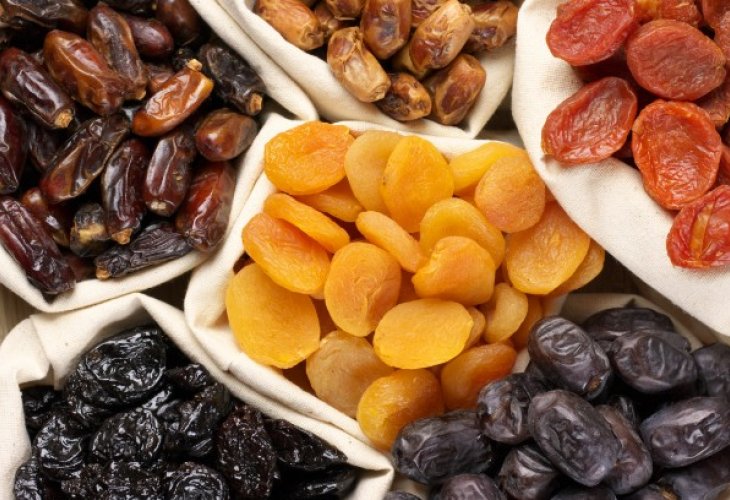Tu Bishvat
Tu b'Shevat: The Complete Guide to the Jewish New Year for Trees
History, customs, and the surprising origins of the Tu b'Shevat fruit-eating tradition
 (Photo: shutterstock)
(Photo: shutterstock)The 15th of Shevat (Tu b'Shevat) was established as the “New Year of the Trees,” marking the renewal of the agricultural year. This means that everything up until Tu b'Shevat belongs to one halachic year, and from Tu b'Shevat onward, a new year begins. This date matters for mitzvot related to trees and their fruit — such as ma’aser (tithes), since one may not tithe fruit from one year for fruit of another. The same applies to other tree-related commandments: orlah, neta revai, terumot, and bikkurim.
The Custom of Eating Fruit on Tu b'Shevat
The custom of eating fruits on Tu b'Shevat originally existed only among Ashkenazi Jews. It was virtually unknown among Sephardic communities.
The earliest source for this custom appears around 1564 (about 450 years ago). The first to mention it was Rabbi Yissachar ben Susan, a Moroccan sage who later settled in Safed. In his writings on local customs he notes: “On the month of Shevat… the 15th is the New Year for Trees. Therefore, we do not say Tachanun on this day and do not fast. And the Ashkenazim increase the variety of fruits they eat on this day.” Based on this, the Magen Avraham (O.C. 131:16) writes: “The Ashkenazim are accustomed to increasing the types of fruits from trees.”
A major shift occurred in the early 1700s. The author of Hemdat Yamim introduced entirely new customs to the day, composing a special booklet called Pri Etz Hadar. Although these customs were not found in the writings of the Arizal (from whom the author frequently drew), he perceived Tu b'Shevat as a day filled with spiritual energy tied to the holiness of the Land of Israel. He therefore created a spiritual “Seder Tu b'Shevat,” including:
eating thirty different fruits, especially those of the Land of Israel,
reciting blessings and special prayers,
studying verses from Tanach, Mishnah, and passages from the Zohar related to trees and fruits.
This fruit-based celebration and liturgy spread quickly through Jewish communities in Italy, Turkey, the Balkans, Bukhara, and all the way to Morocco.
Rabbi Chaim Palagi of Izmir writes in Mo’ed L’chol Chai (Siman 30) about the custom in his city: “On the eve of Tu b'Shevat, the New Year for Trees, most Jewish communities set a table with as many fruits of trees and fruits of the land as possible. Each person blesses on a different fruit.”
He notes beautiful symbolic customs:
A man blesses on wheat after Birkat Hamazon (“He satisfies you with the finest wheat”) as a prayer for abundant sustenance.
A woman blesses on grapes (“Your wife shall be like a fruitful vine”).
A son blesses on olives (“Your children like olive shoots around your table”).
Girls receive pomegranates and walnuts, referencing “Kol kevudah bat melech penima” — their hidden seeds symbolizing modesty.
Babies receive apples dipped in honey (“Under the apple tree I roused you”).

